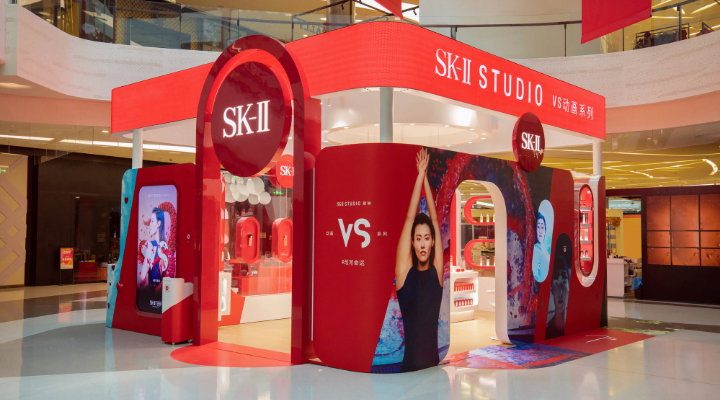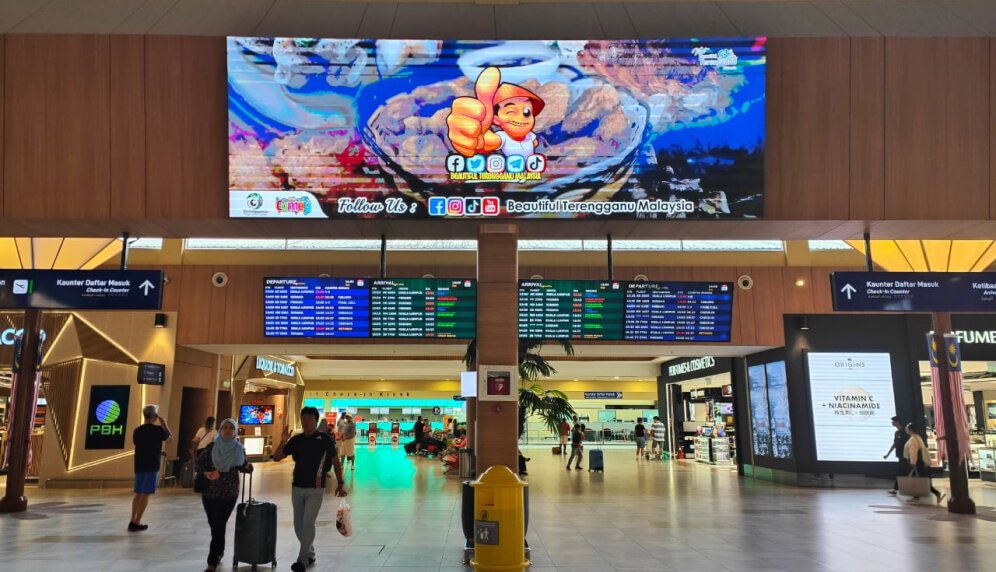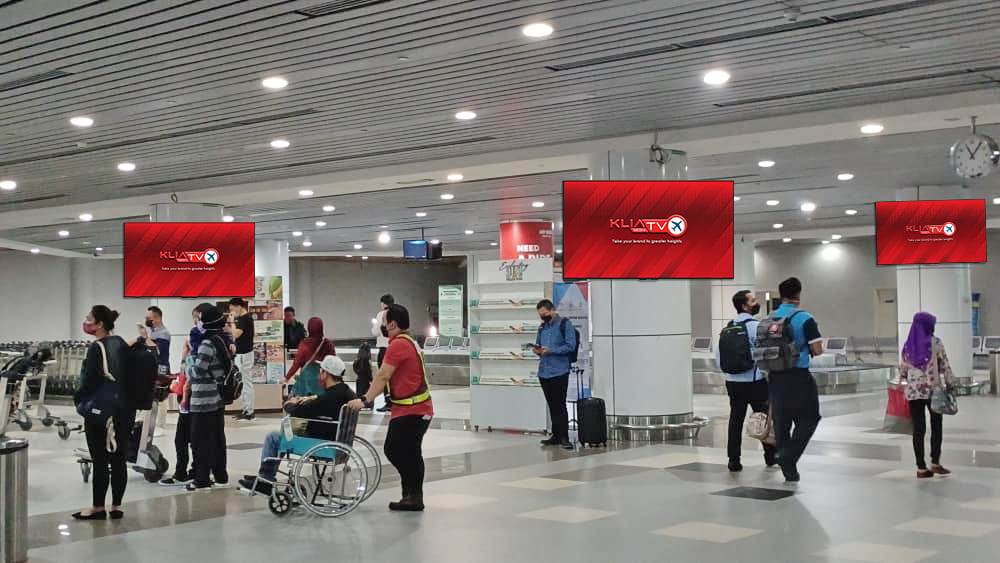Are you planning to run advertising campaigns in Malaysian airports? What steps should you take to ensure success?
With the return of footfall/flights and an influx of business and leisure travellers, airport advertising offers a diverse range of marketing opportunities. Is there anything special you should pay attention to while planning an airport advertising campaign? Our team shares top tips to help you make the most of this marketing opportunity.
1. Understand your audience and know their journey within the airport
Any successful marketing campaign must cater to its target audience. This is especially important in the context of airport advertising where the audience can be approached in different ways depending on location and behaviour within the airport premises. Understanding your audience’s presence and movement within different airport areas is crucial in determining the appropriate content format and placement for your advertising messages.
To get started on designing your airport advertising campaign, we recommend asking yourself the following questions:
- How far in advance your target customers arrive at the airport and what is their average waiting time?
- What is the likelihood that they will stop by for a meal?
- Will they use a VIP room or the lounge?
- Are they likely to shop in duty-free retails and boutiques?
- What services they may need and will be looking for at the airport?
2. Determine the right placement
It is important to consider the foot traffic in different areas and the potential impact on your airport advertising effectiveness. While high-traffic areas may offer greater visibility, they also tend to come with higher costs and more competitors vying for attention. Conversely, less popular areas may provide a more cost-effective option for reaching out to your target audience.
Additionally, it is crucial to take into account the relevance of the location to your product or service. For instance, a food brand might benefit from advertising near restaurants or food courts, where hungry travellers and famlies are likely to congregate. While a fashion brand may want to focus on locations near luxury retail stores to appeal to a more affluent demographic.
By carefully considering these factors, you can create a more effective airport advertising campaign that reaches your target audience and maximises your return on investment.
3. Use the right mix of advertising mediums and content
The right mix of advertising mediums for campaigns at airports depends on several factors, including the campaign goals, target audience, and budget. For instance, billboards may seem more cost-effective compared to digital screens, but the latter can provide the flexibility of targeting and attract more attention through impactful video content. Find out how video contents can appeal and connect deeper with your audience.
Using digital screens, content marketing can be distributed in partnership with relevant brands or airports to create a more impactful campaign. Informative content such as travel tips, destination information, and local culture/history can provide an engaging experience beyond simple advertising, resulting in a positive brand association. For example, short, simple 3-minute videos or slideshows can be created to showcase travel destinations and its offerings. Additionally, for interviews, subtitles could be added as airport videos are often muted, ensuring that the content is accessible to all. Utilising digital displays enhances the impact and engagement of the campaign, creating a dynamic and effective advertising strategy at airports.
4. Implement gamification
Gamification is the use of game mechanics in non-game environments. It is commonly used as a brand activation tactic, as it has been shown to effectively engage and motivate customers. Loyalty programs sometimes are also considered as gamification and one of the most common examples here will be mileage programs of airlines.
Brands have a great opportunity to increase engagement and generate user-generated content by creating interactive activities such as contests and challenges. These activities can incentivize users to participate and share their experiences on social media platforms. By displaying this content on airport TVs, other travellers can engage with the brand and even join in the interactive activities. To encourage participation and engagement from a broader audience, brands can also incorporate gamification mechanics on airport TVs. This could include launching campaigns that utilise QR code scans and interactive map guides, such as spot the difference or memory games. These types of games displayed on TV screens can keep audiences entertained and engaged while they wait for their flights.

5. Measuring airport advertising effectiveness
- Reach – number of people who have seen the advertisement (measured through foot traffic counts, impressions, or views)
- Engagement – interaction with the advertisement, primarily for online ads (clicks, likes, comments, or shares on social media)
- Conversion rates – the number of people who taken a desired action after seeing the advertisement or content (such as QR code scans, making a purchase, visiting a website, or signing up)
- ROI – financial return on investment, which can be calculated by comparing the cost of the campaign to the revenue generated from it
Digital screens in airport advertising systems can offer advertisers insightful data on user engagement, audience demographics, and other performance metrics. This data is collected through the use of cameras installed on the screens, allowing advertisers to gain information on users’ attributes such as age, gender, and ethnicity. By leveraging this information, advertisers can fine-tune their campaigns and deliver their messaging to the appropriate audience with greater accuracy. The implementation of this system advanced tracking with an online reservation technology, which is now being adopted by KLIATV, can simplify the entire airport advertising process from research and planning to execution and analysis. This can lead to more efficient and successful campaigns.
Conclusion
Airport advertising is an effective way to reach a receptive audience, but understanding your target audience and their behaviour is crucial for success. Tailoring your campaign with the right ad placement and relevant branded content can keep your brand top of mind. By partnering with a trustworthy and experienced broadcaster with its own mediums is important, and our team has extensive experience promoting brands to domestic and international audiences in Malaysian airports. Reach out to our experts if you are considering promoting your brand to domestic and international audiences in Malaysian airports.




